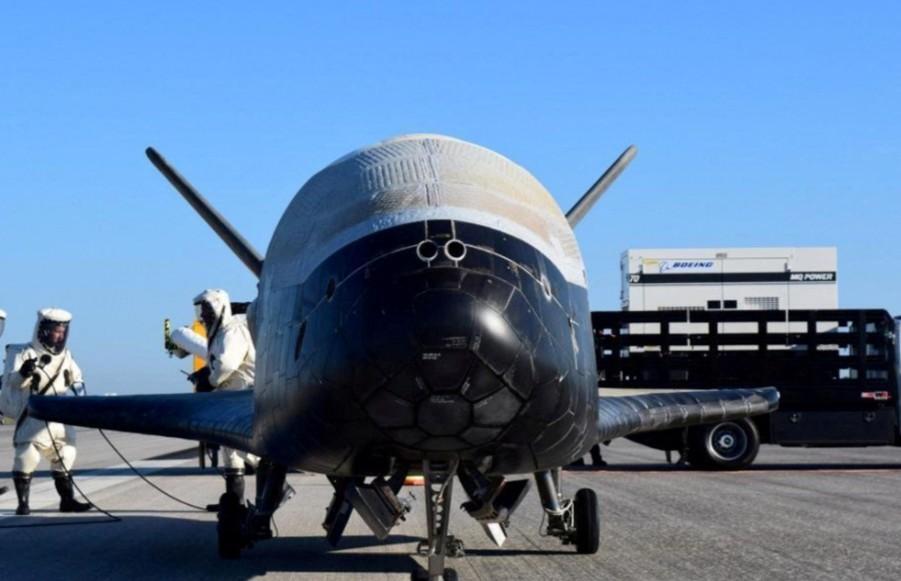
US Space Force’s X-37B Plane Returns to Earth After 434 Days
The X-37B, an unmanned US military spaceplane, touched down safely in California on Friday, marking the end of its 434-day mission in orbit. Operated by the US Space Force, the Boeing-built craft successfully demonstrated its ability to change orbits using atmospheric drag, a significant milestone in advancing reusable space technology and military operations.
This is the seventh mission for the X-37B, a mysterious spaceplane that has been shrouded in secrecy since its first launch in 2010. The exact nature of the mission remains classified, but it is believed to be used for military purposes, such as conducting reconnaissance, testing new technologies, and gathering intelligence.
The X-37B is a unique spacecraft, designed to operate in low-Earth orbit for extended periods of time. It is about the size of a school bus, measuring 29 feet (8.8 meters) long and 14 feet (4.3 meters) wide. The spacecraft is equipped with a payload bay that can carry various scientific instruments, sensors, and other equipment.
During its 434-day mission, the X-37B orbited the Earth at an altitude of around 217 miles (350 kilometers), using atmospheric drag to slow down and change its orbit. This technique allows the spacecraft to reuse its orbit, reducing the need for expensive and complex re-entry procedures.
The X-37B’s ability to change orbits using atmospheric drag is a significant advancement in reusable space technology. It enables the spacecraft to stay in orbit for extended periods, while also allowing it to adjust its trajectory and altitude as needed.
The successful mission of the X-37B is a testament to the US Space Force’s capabilities in developing and operating advanced spacecraft. It also marks a significant milestone in the development of reusable space technology, which has the potential to revolutionize the way we approach space exploration and military operations.
The X-37B’s mission is just one example of the US Space Force’s efforts to develop and operate advanced spacecraft. The service is also working on other projects, such as the development of a new generation of space-based sensors and the deployment of satellite constellations.
As the US Space Force continues to expand its capabilities in space, it is likely that we will see more missions like the X-37B in the future. These missions will not only help to advance our understanding of space and the technology used to explore it, but also provide a critical capability for the US military in terms of reconnaissance, communication, and navigation.
In conclusion, the X-37B’s return to Earth marks a significant milestone in the development of reusable space technology and the capabilities of the US Space Force. As we look to the future of space exploration and military operations, it is clear that the X-37B and other advanced spacecraft will play a critical role in shaping the course of human history.






